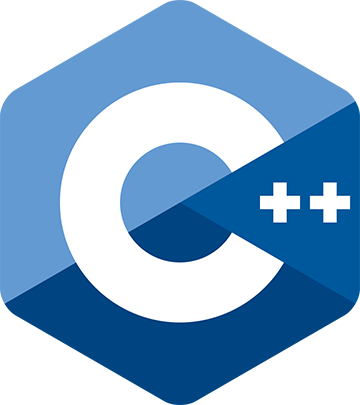C++ REST SDK in Visual Studio 2013 -- Marius Bancila
 This open source REST SDK also supports Linux...
This open source REST SDK also supports Linux...
C++ REST SDK in Visual Studio 2013
by Marius Bancila
From the article:
The C++ REST project provides a modern asynchronous C++ API for cloud-based client-server communication. ...
The following example shows how to retrieve and display some JSON content....

 The "universal references" term is getting traction:
The "universal references" term is getting traction: From the desk of ARK:
From the desk of ARK: Here's a nice lambda synopsis with some usage notes.
Here's a nice lambda synopsis with some usage notes.